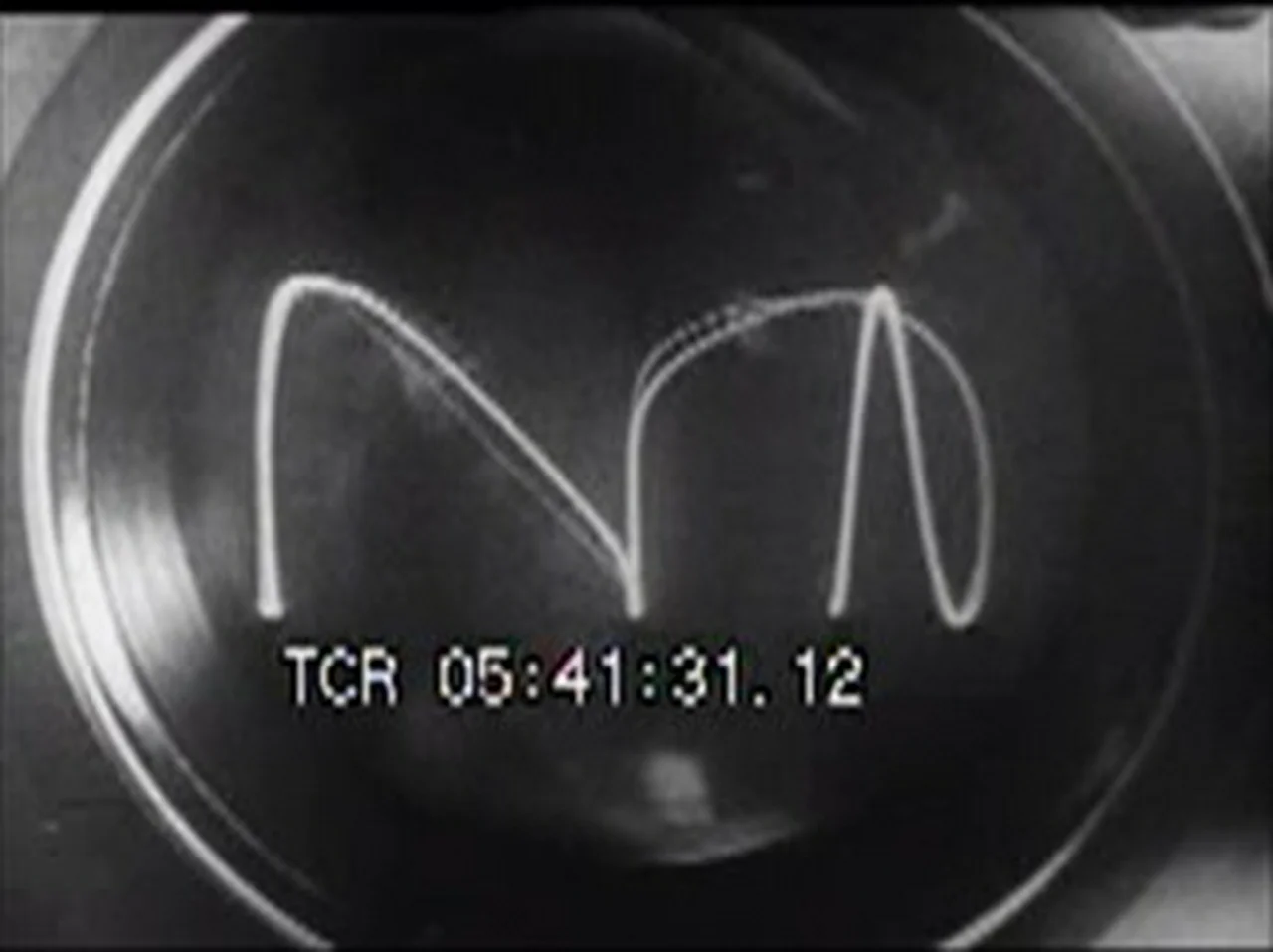Published By
Anonymous
Created On
24 May 2020 15:37:52 UTC
Transaction ID
Cost
Safe for Work
Free
Yes
